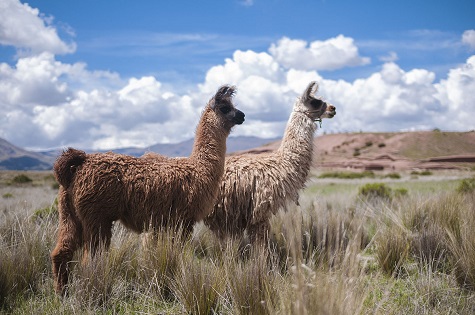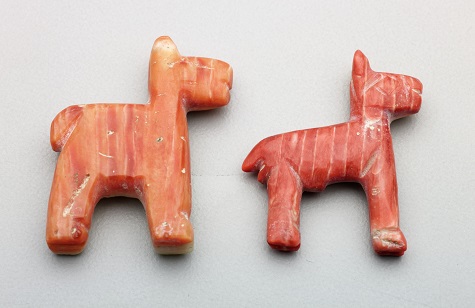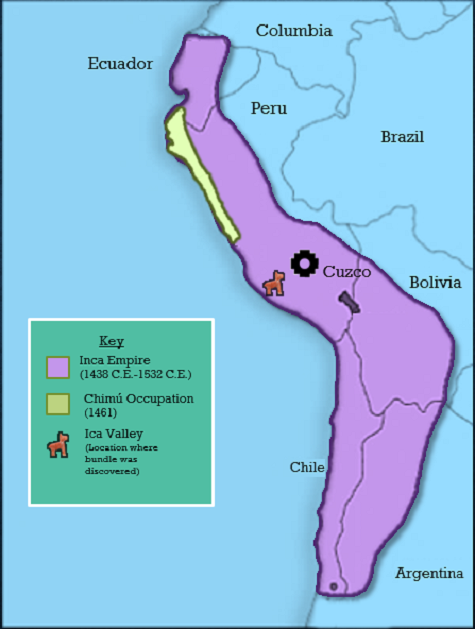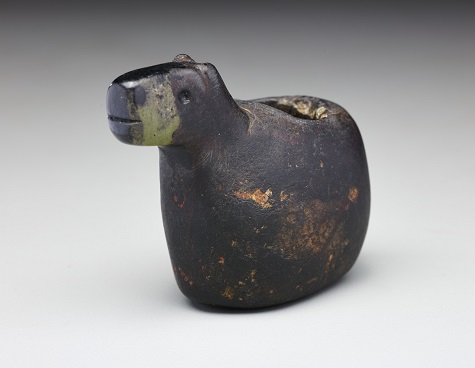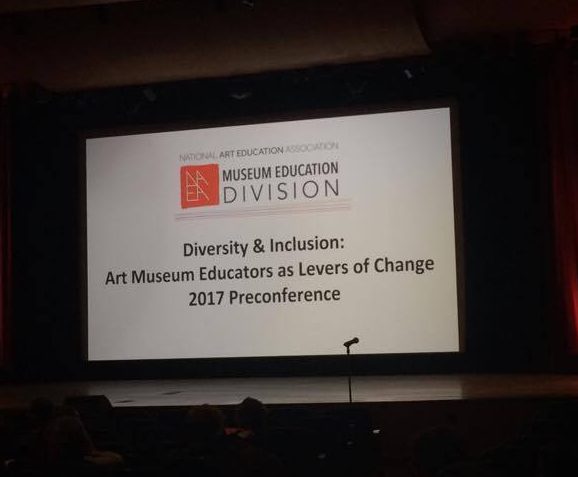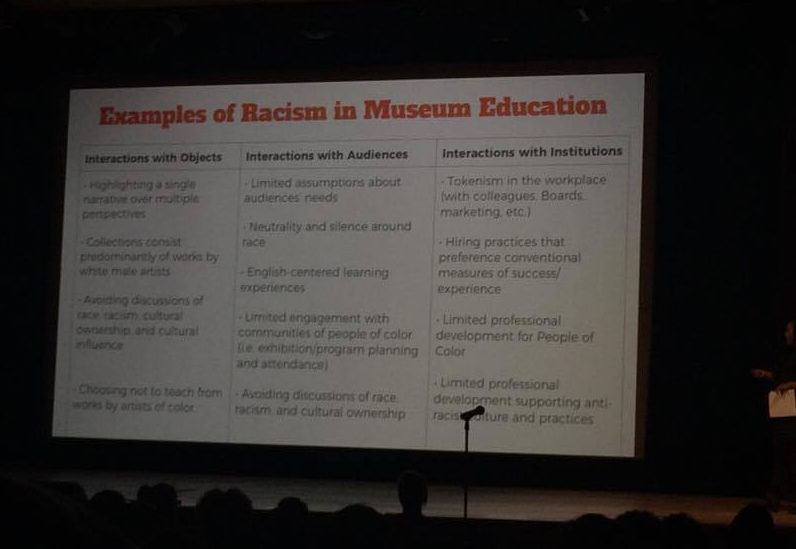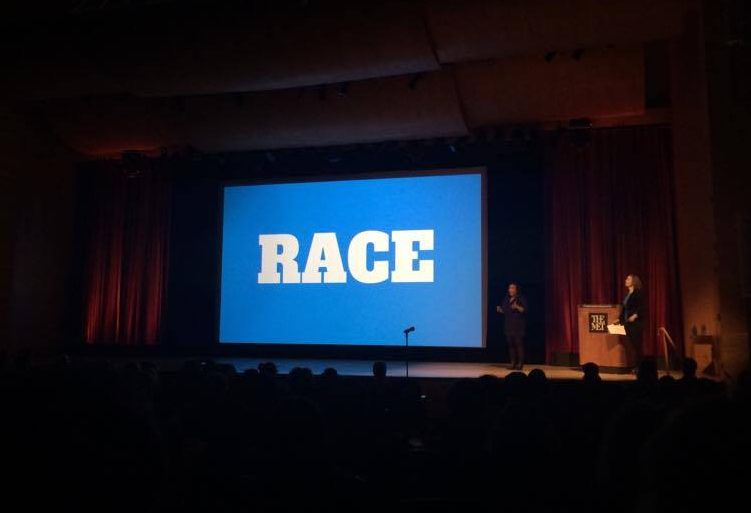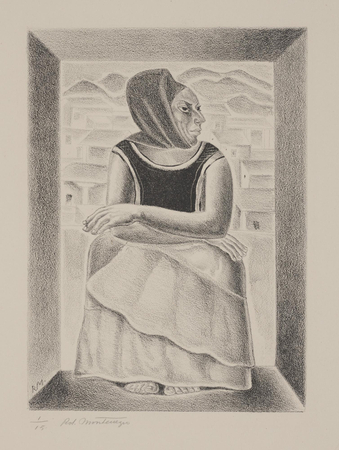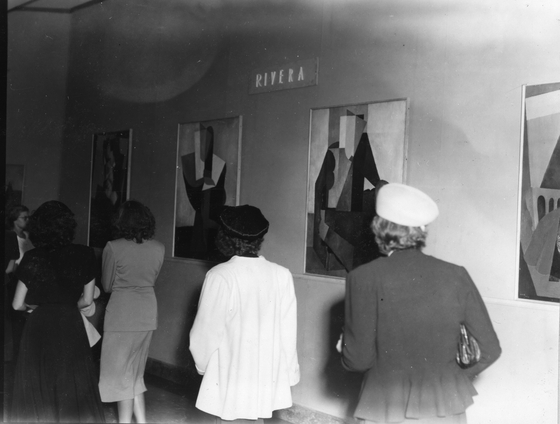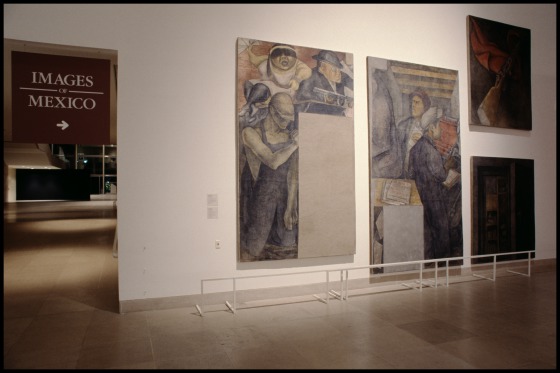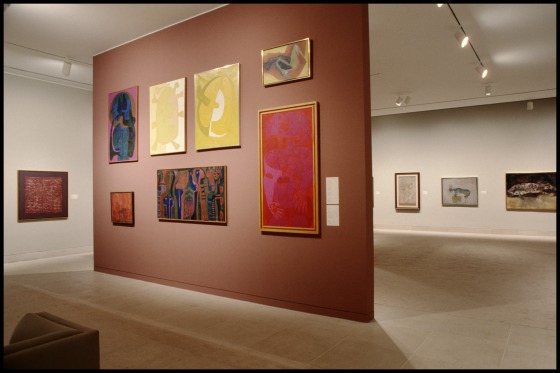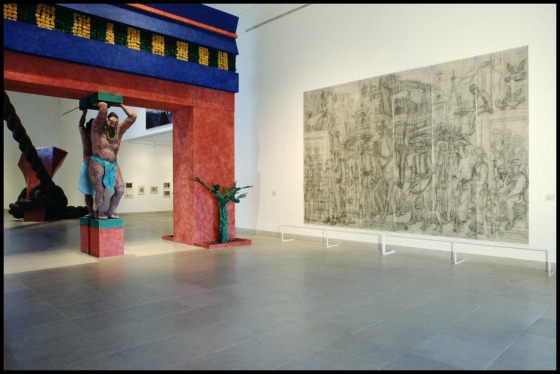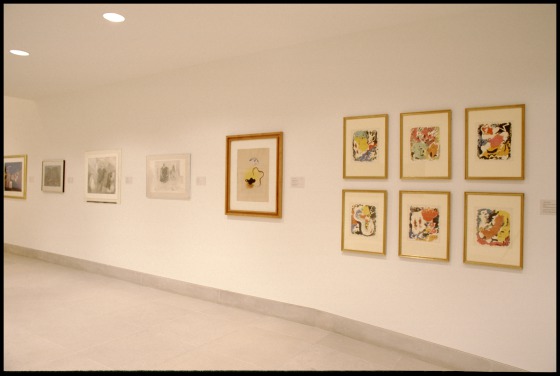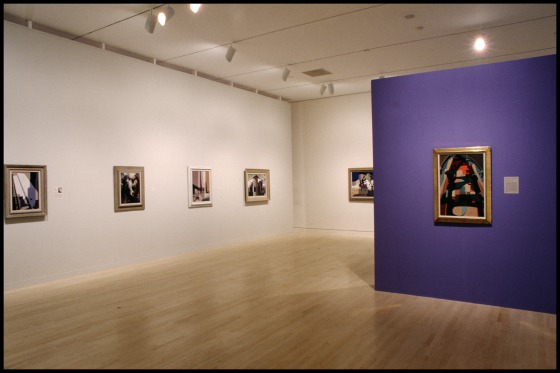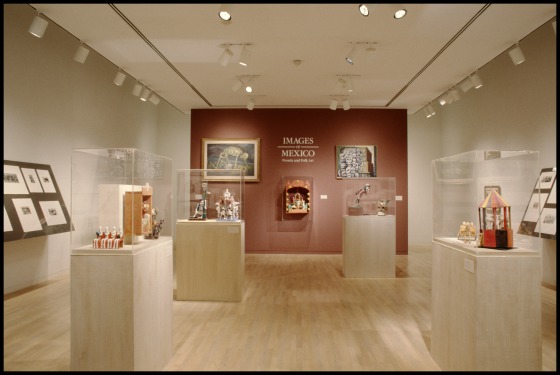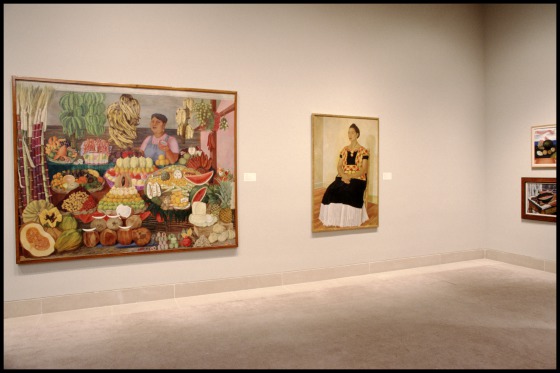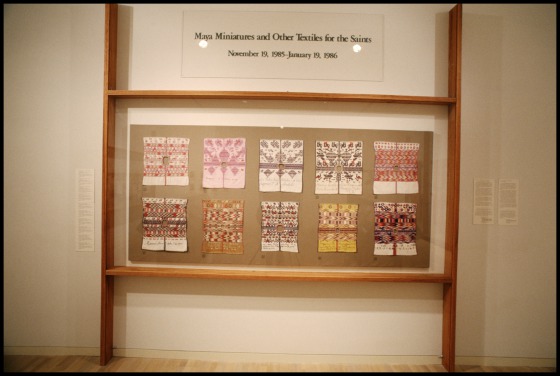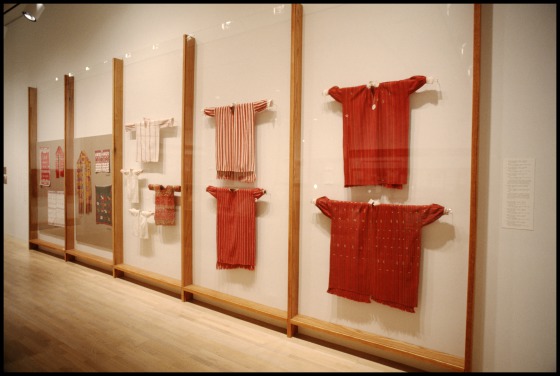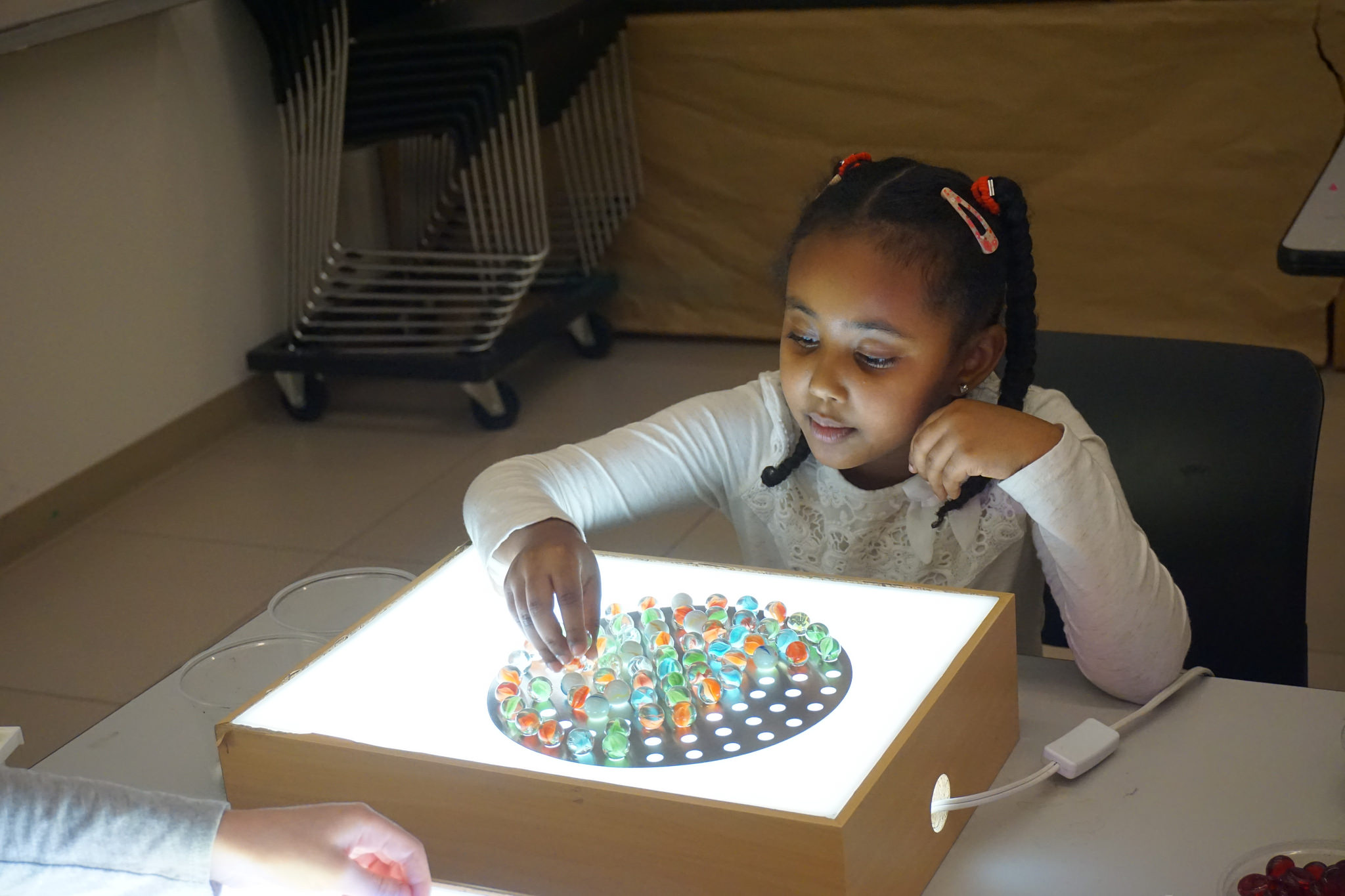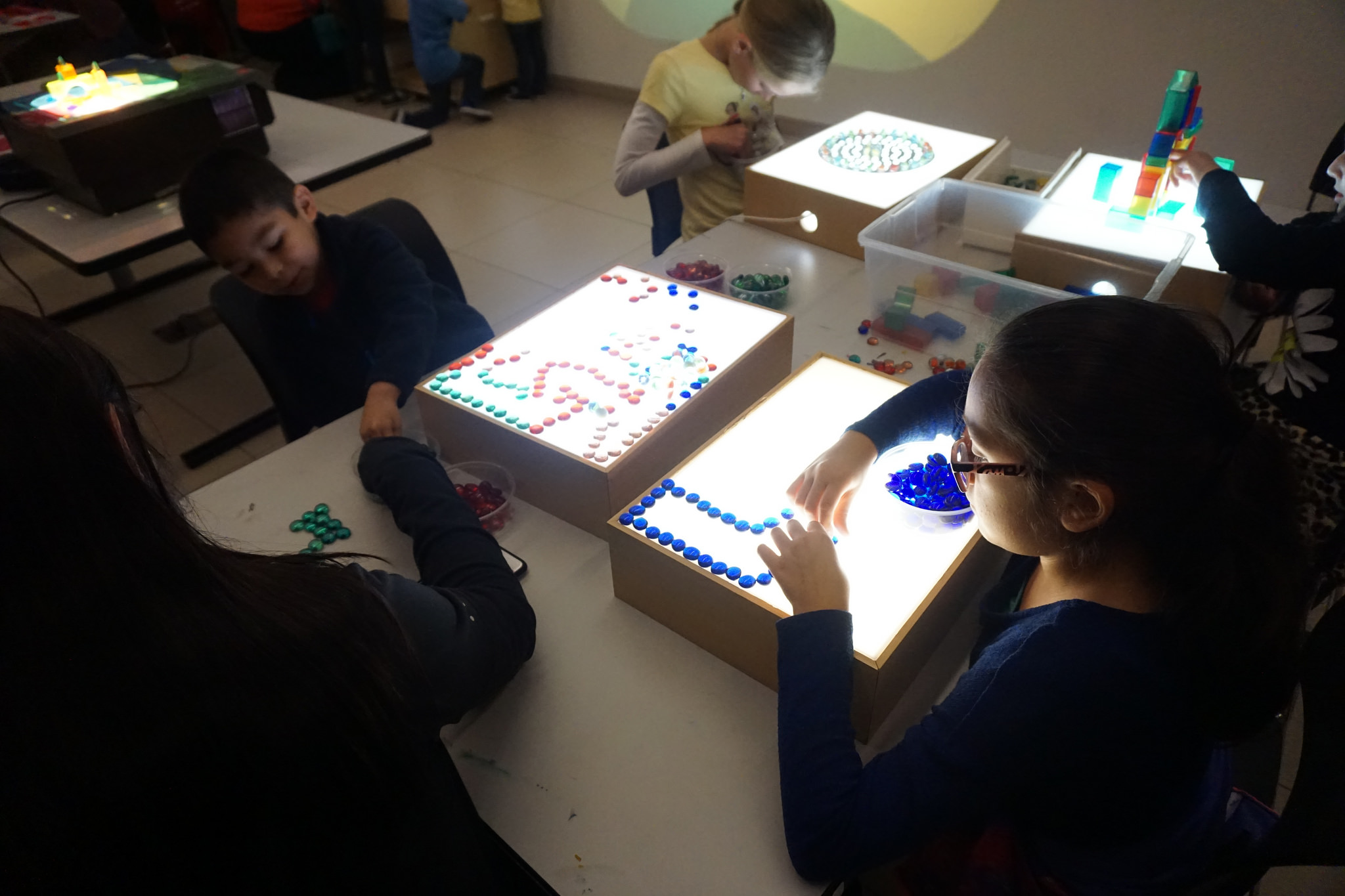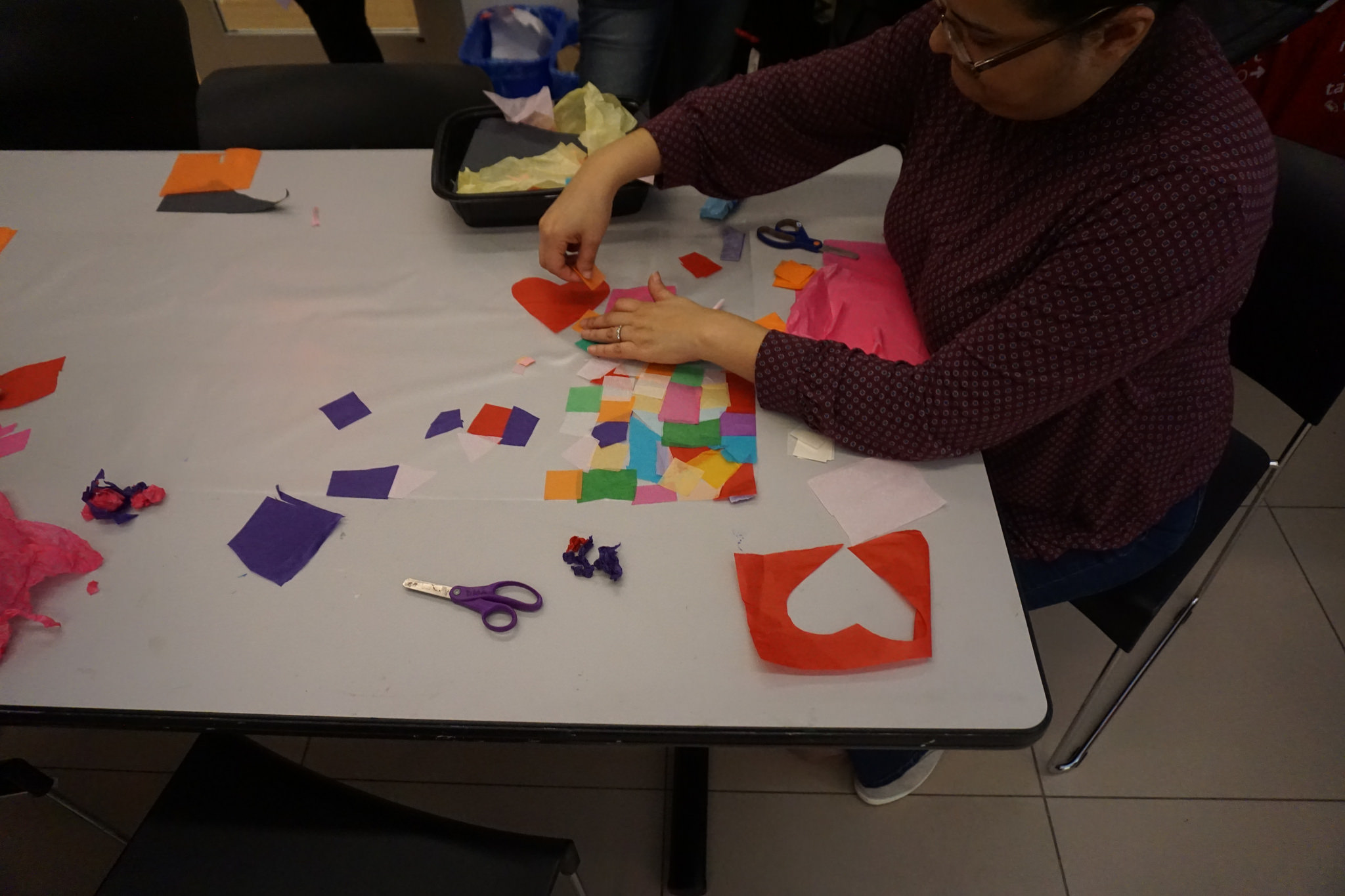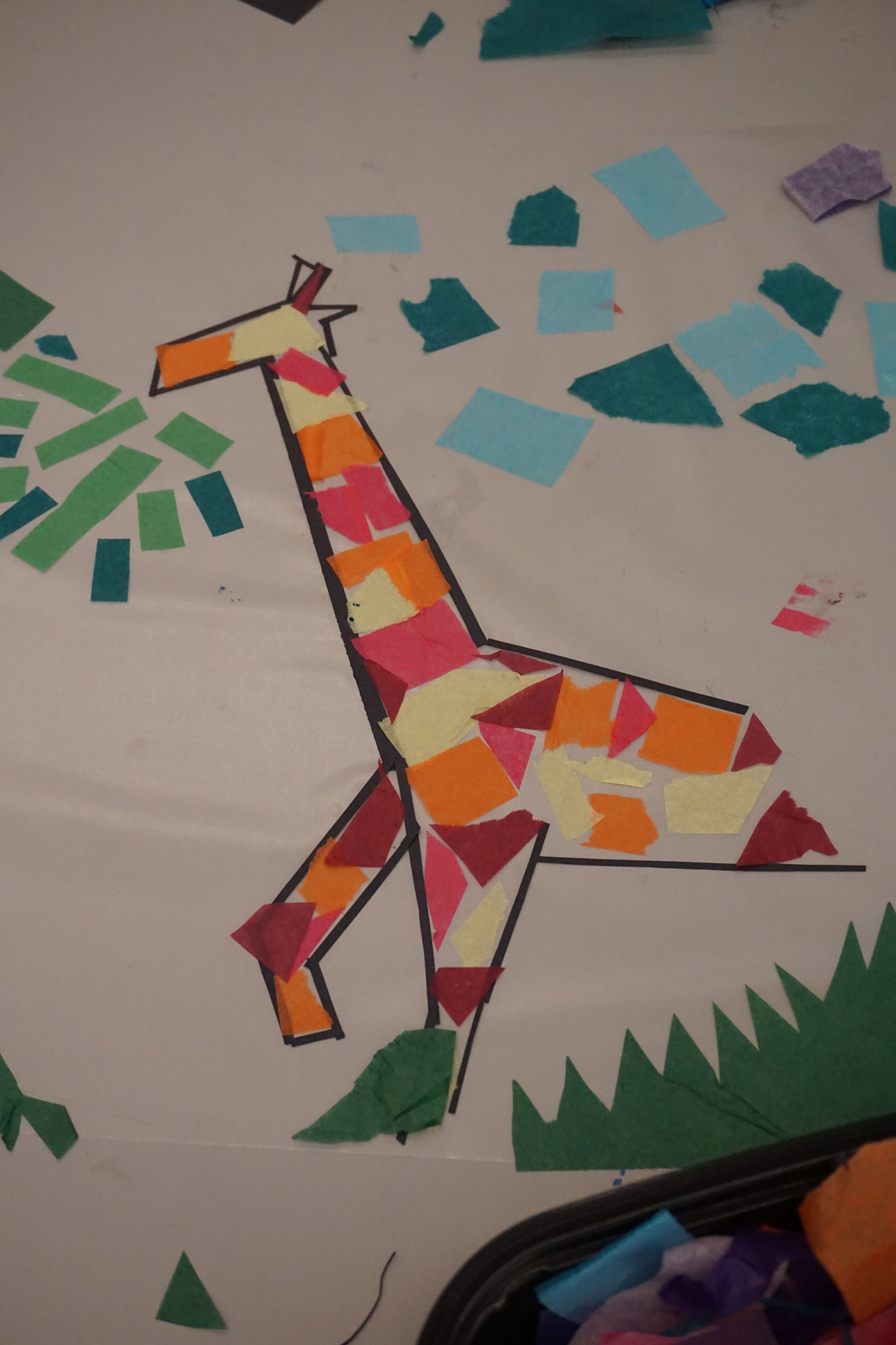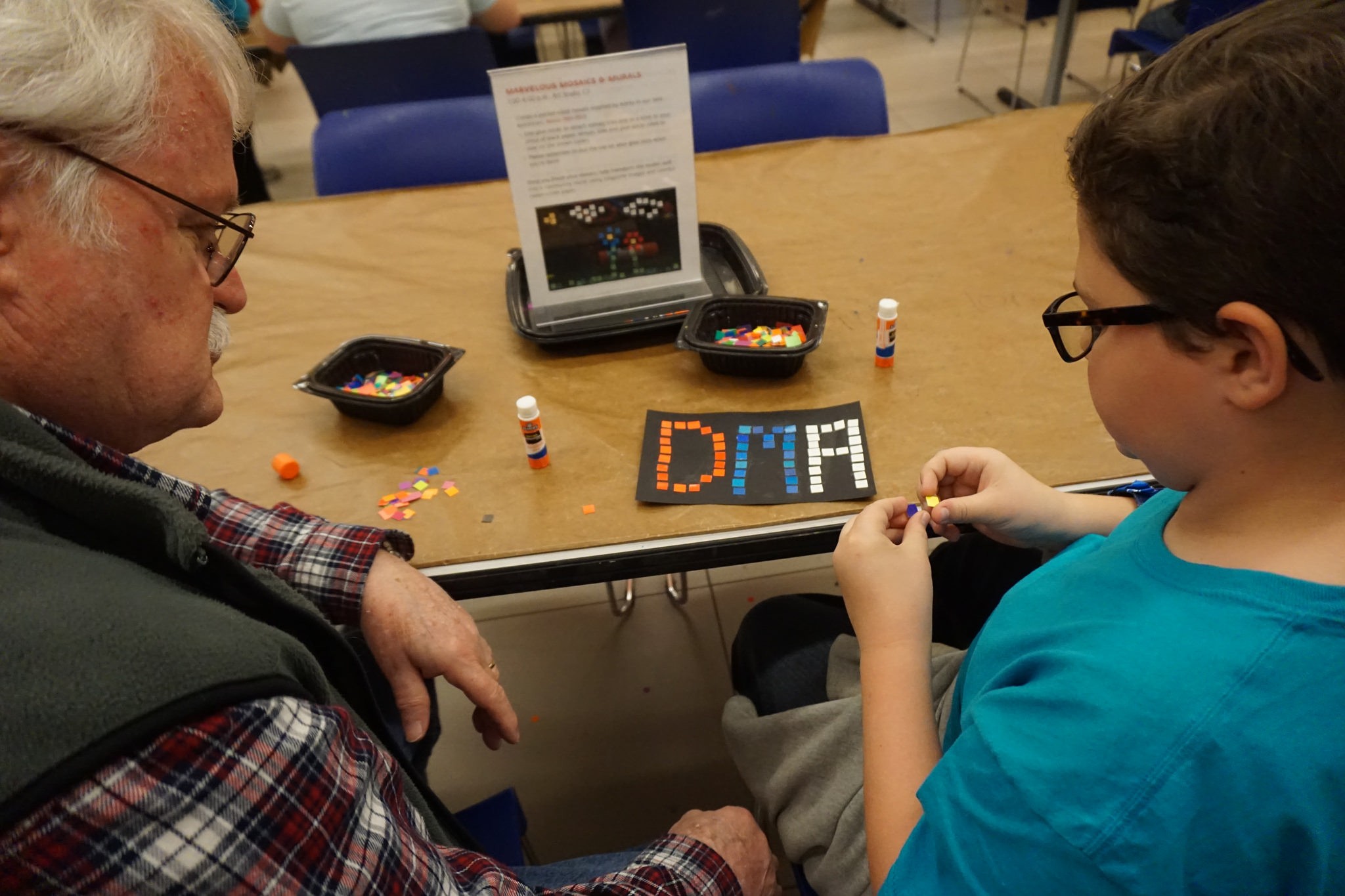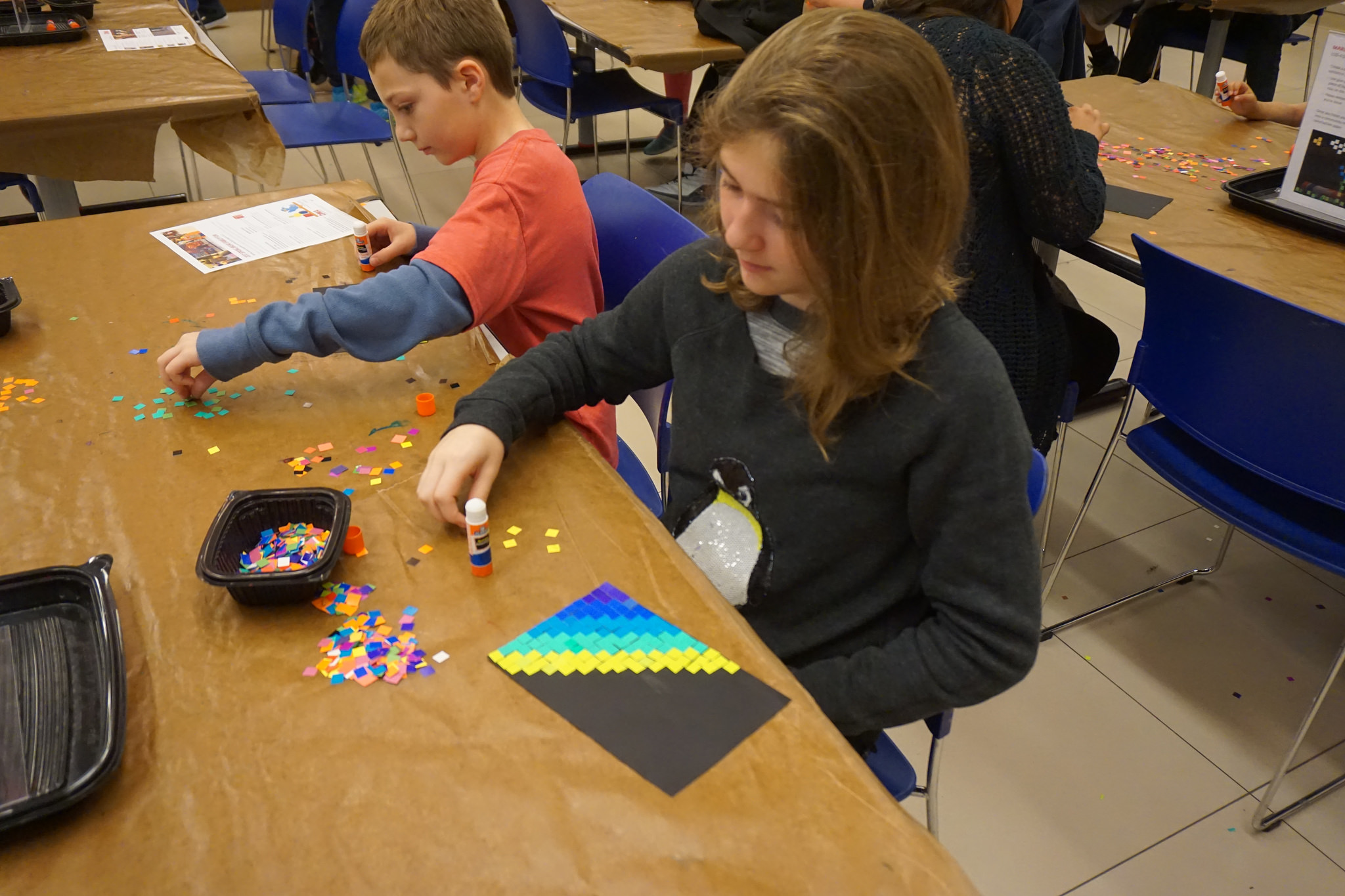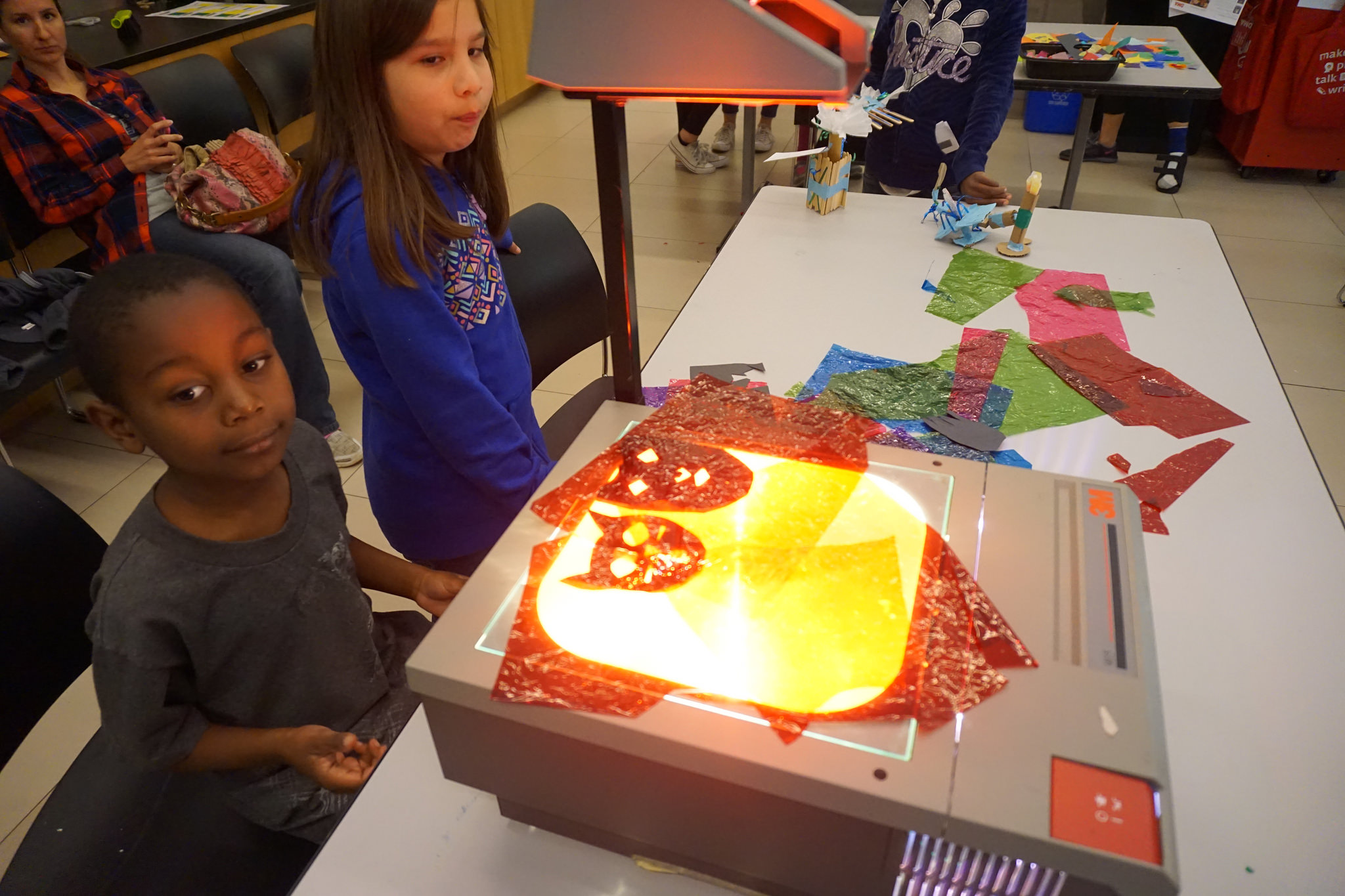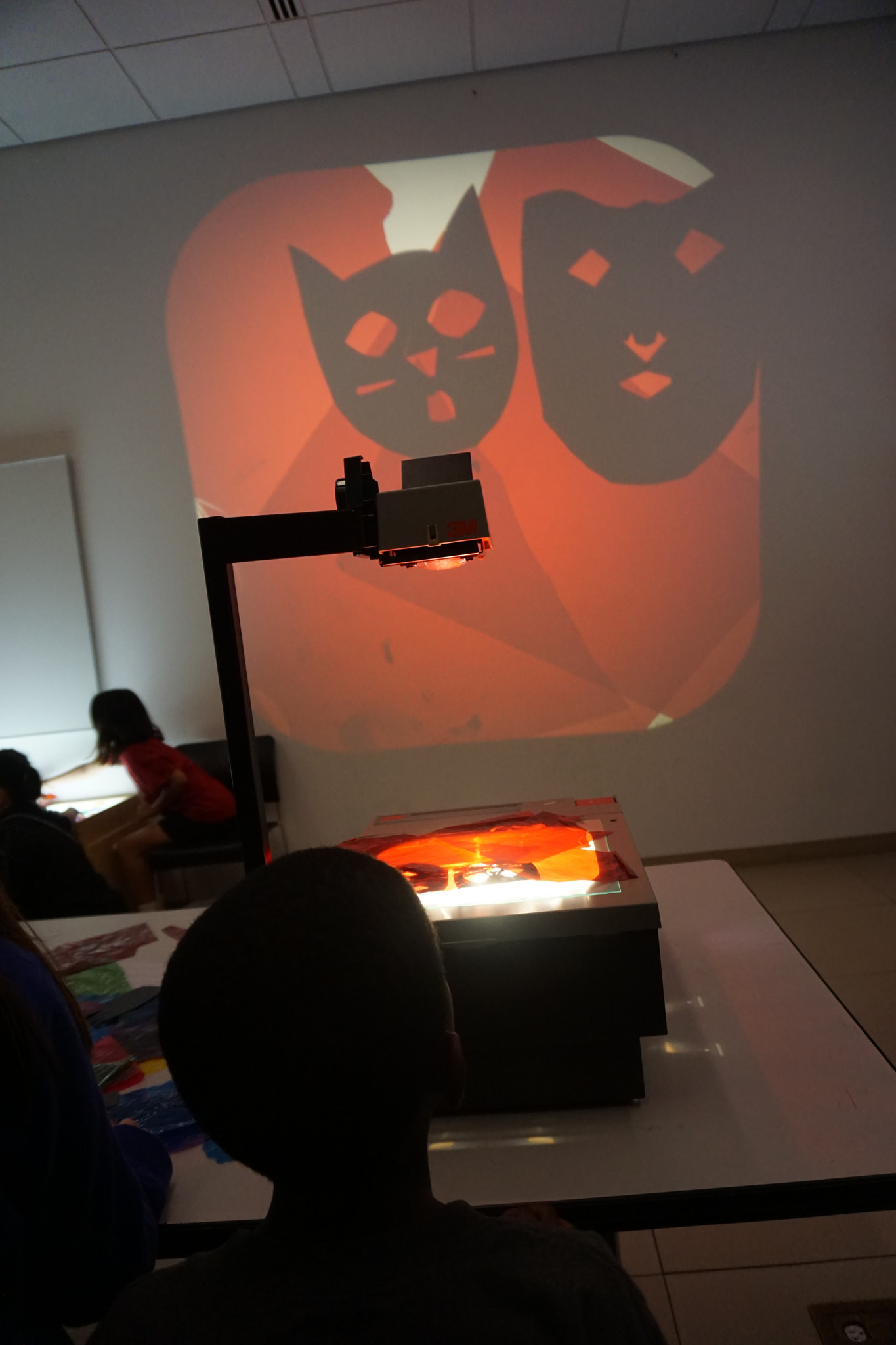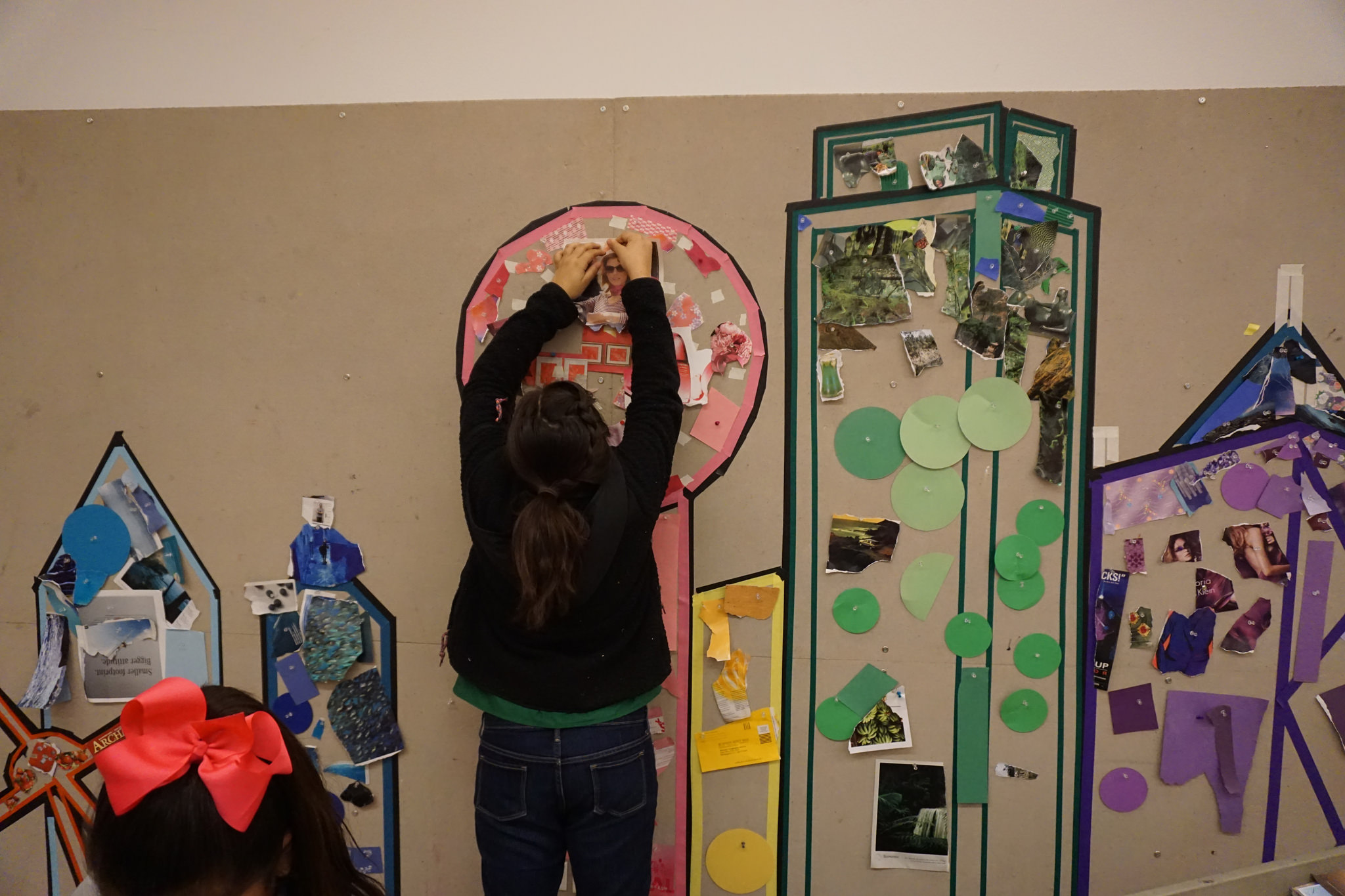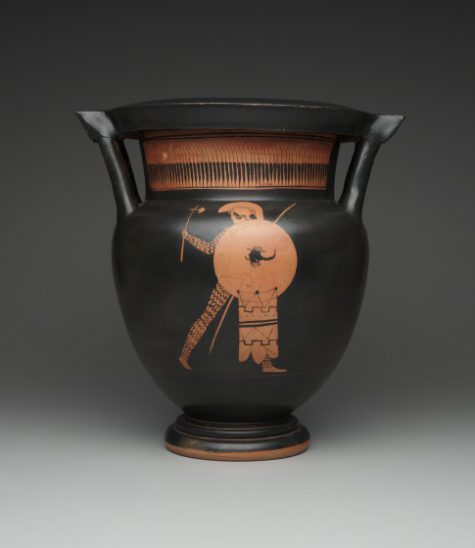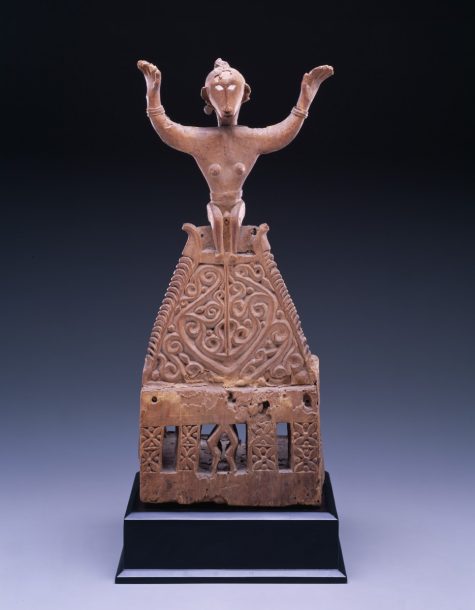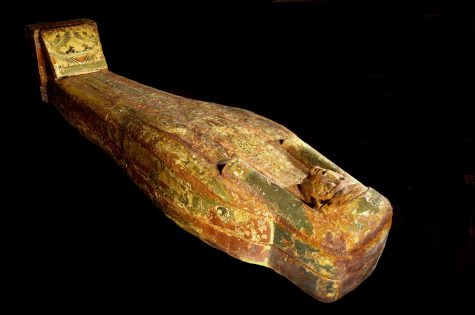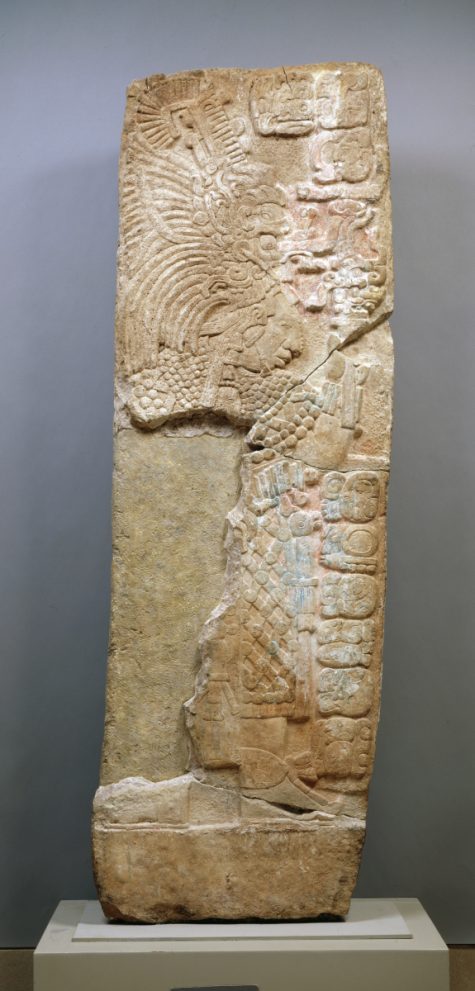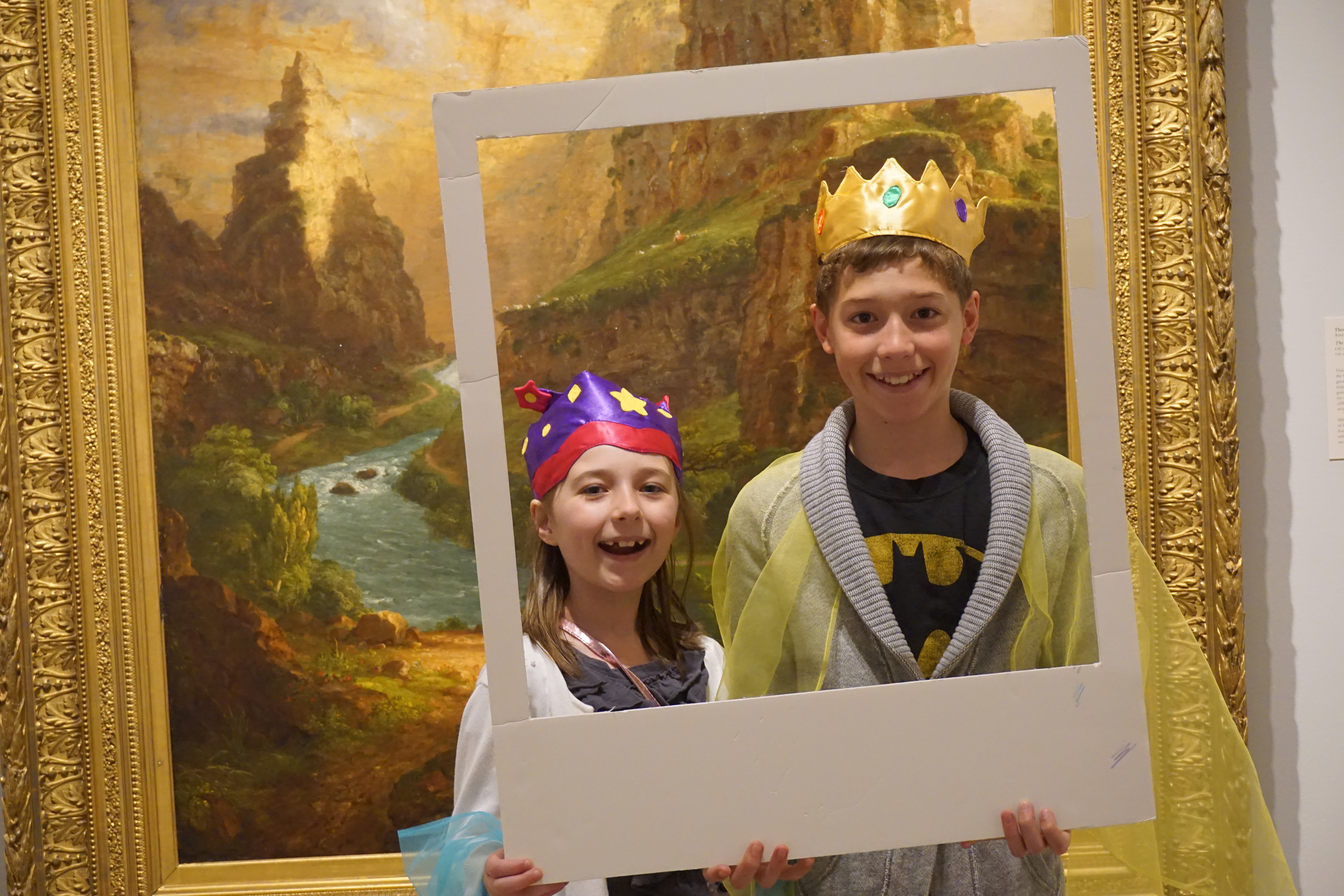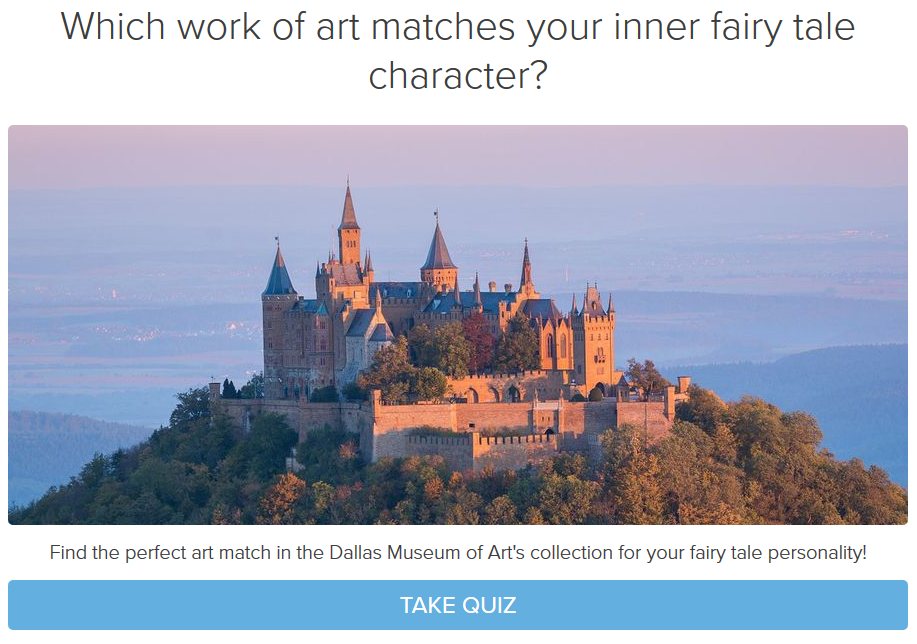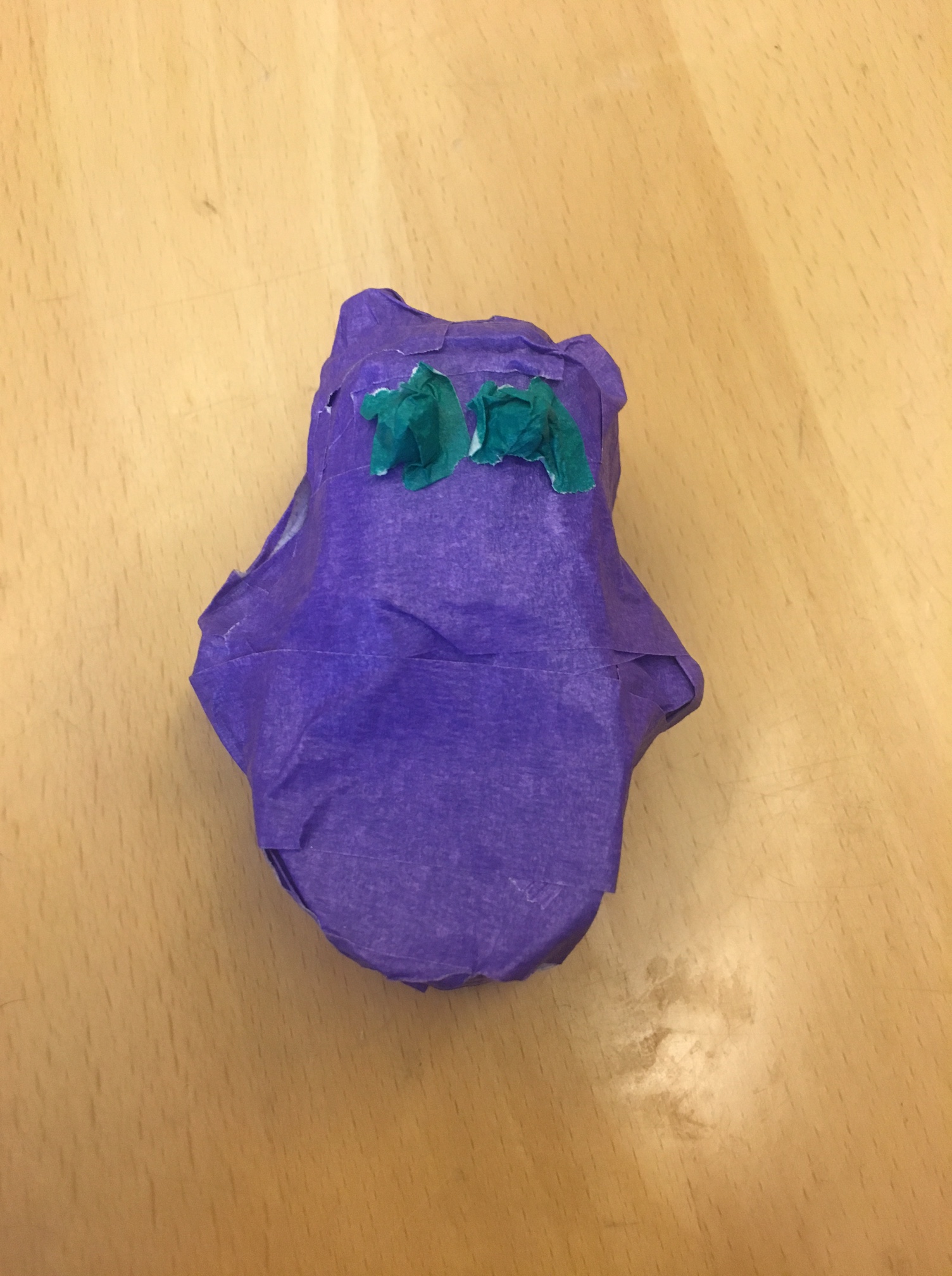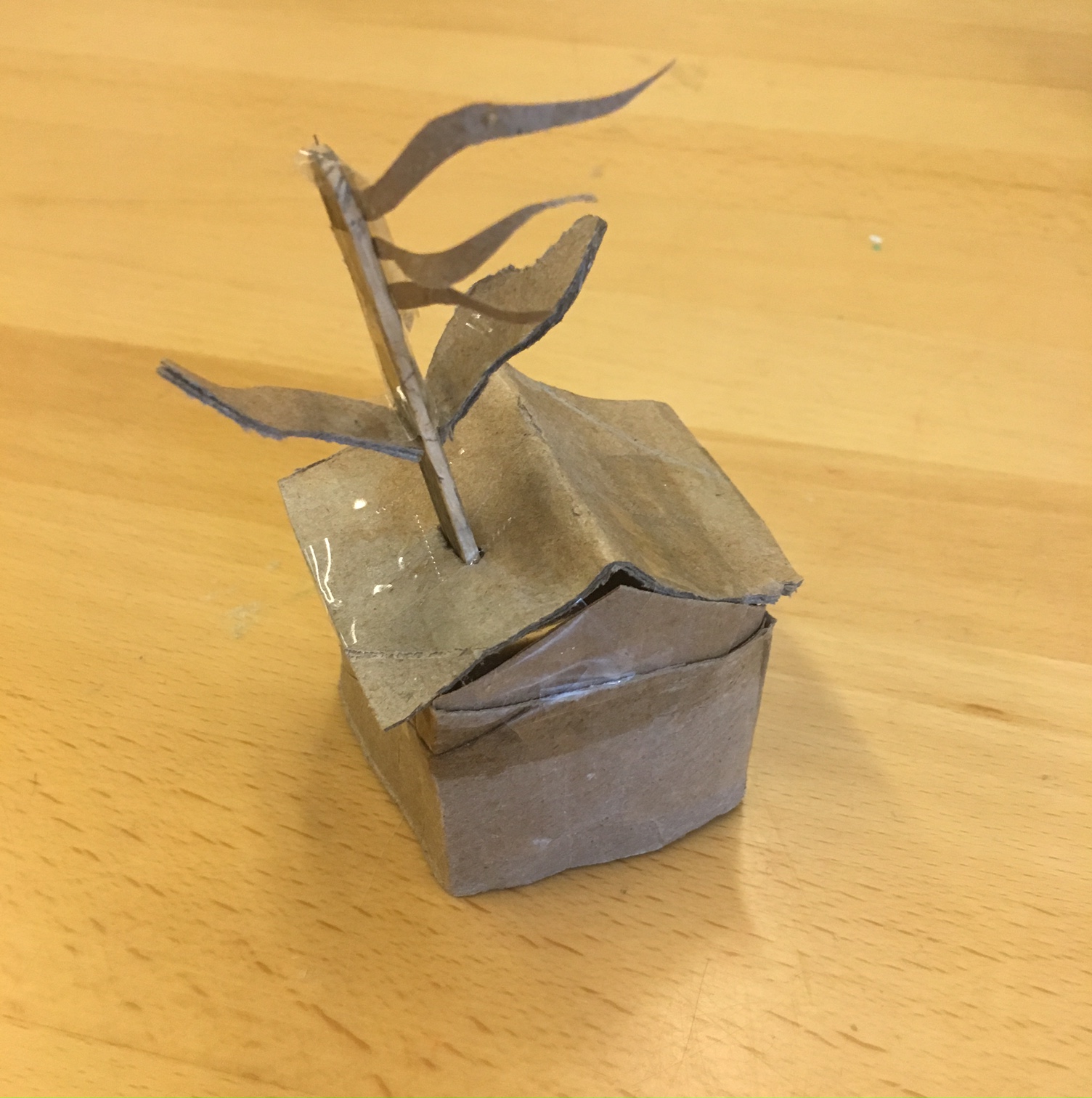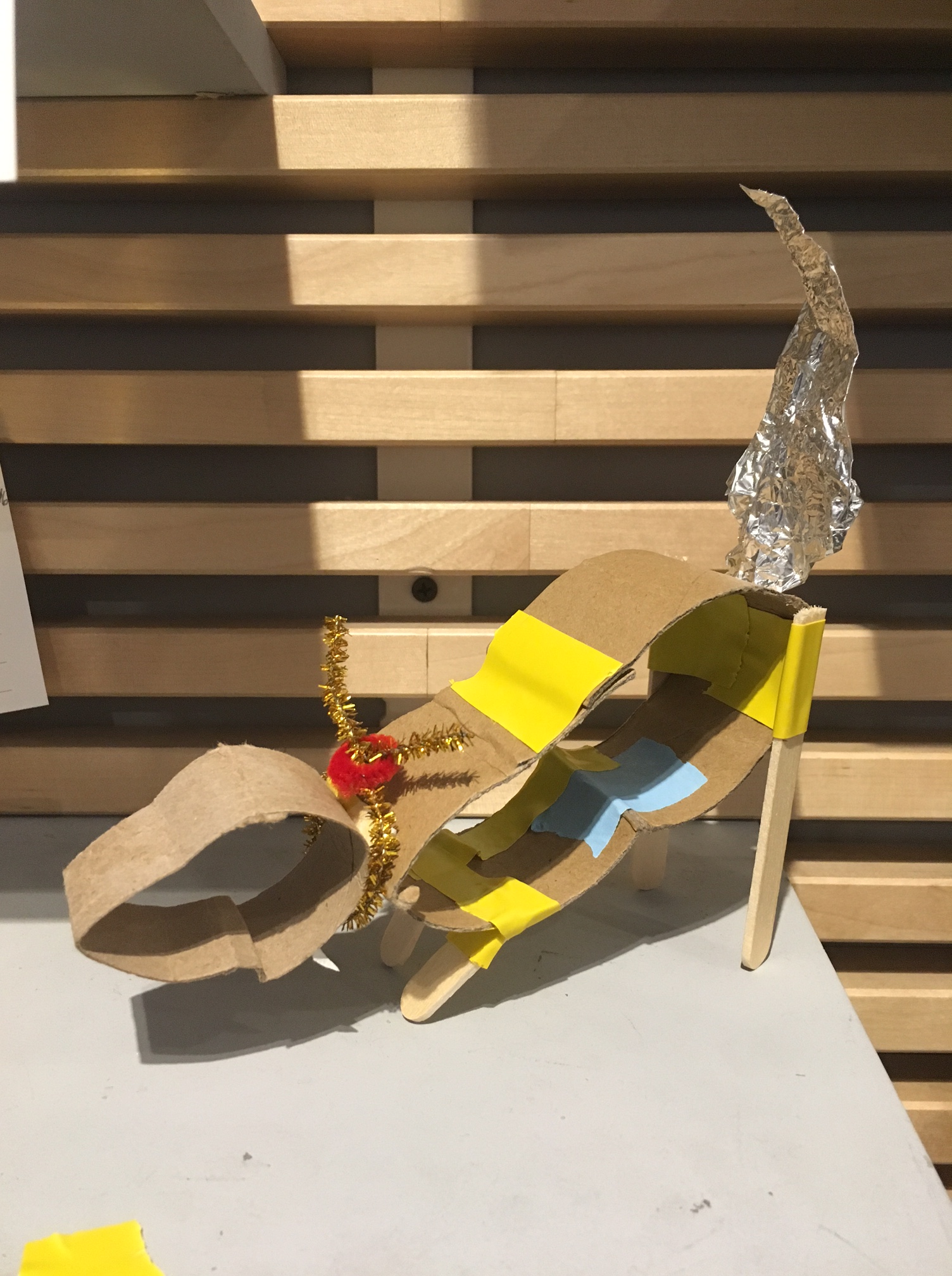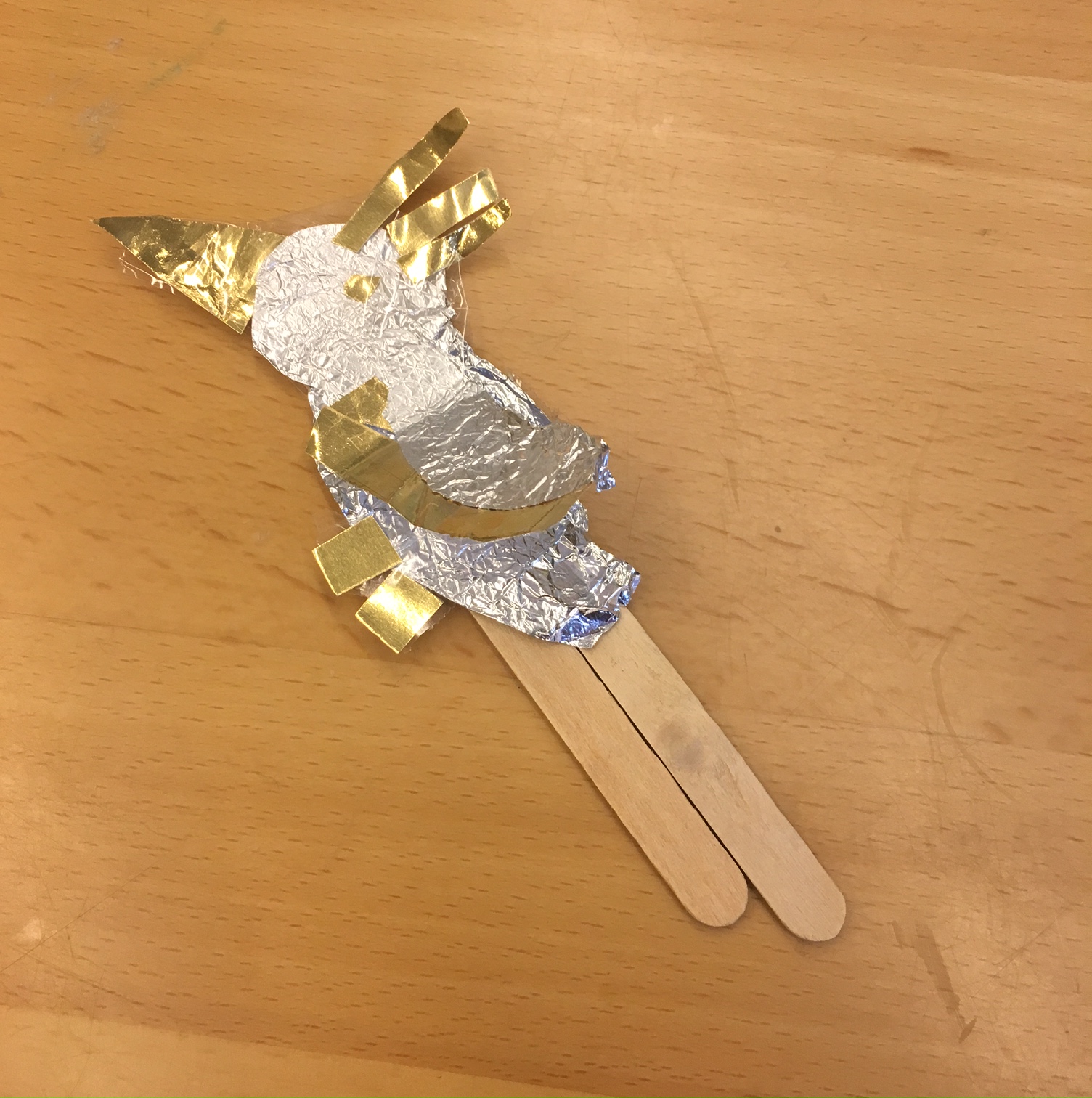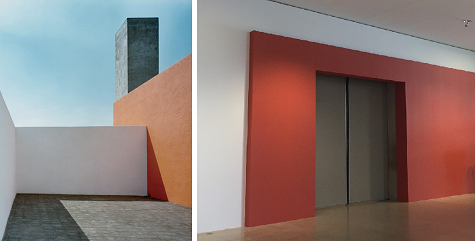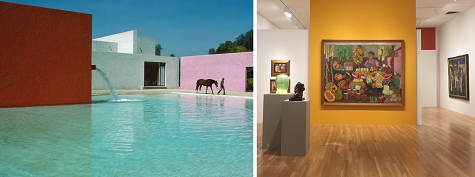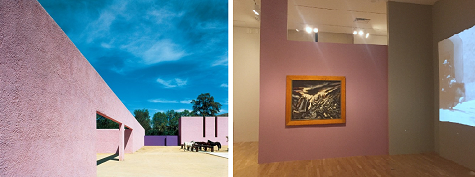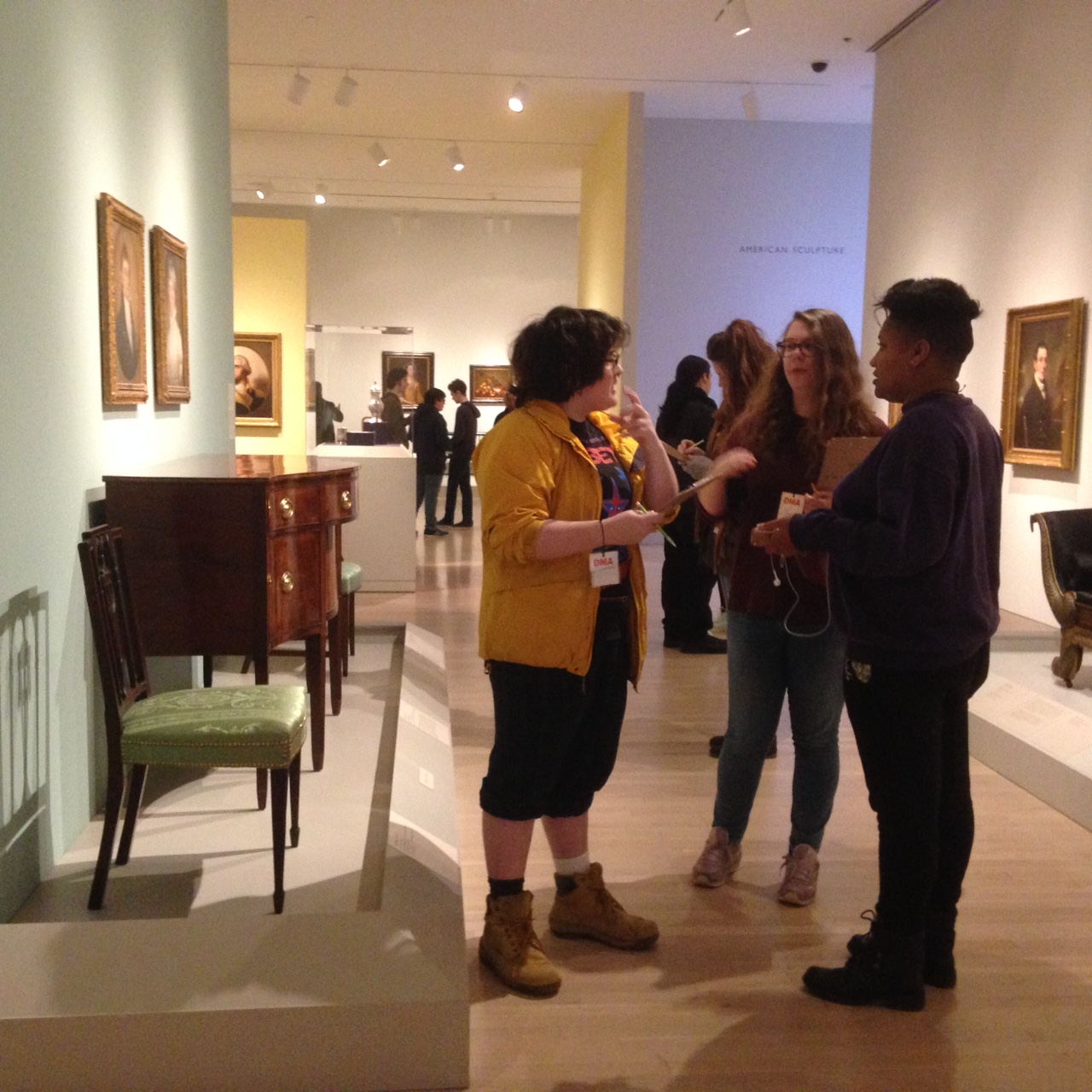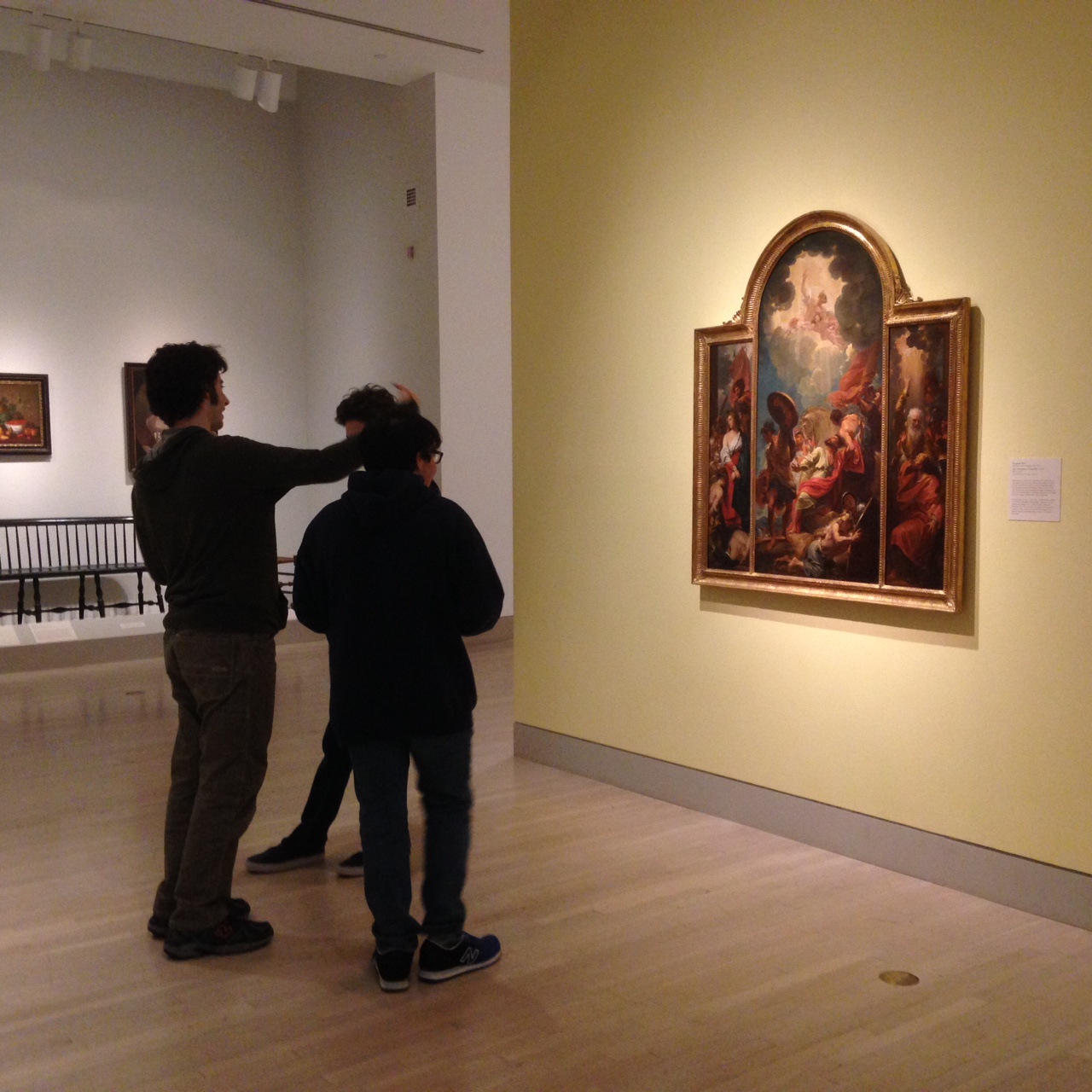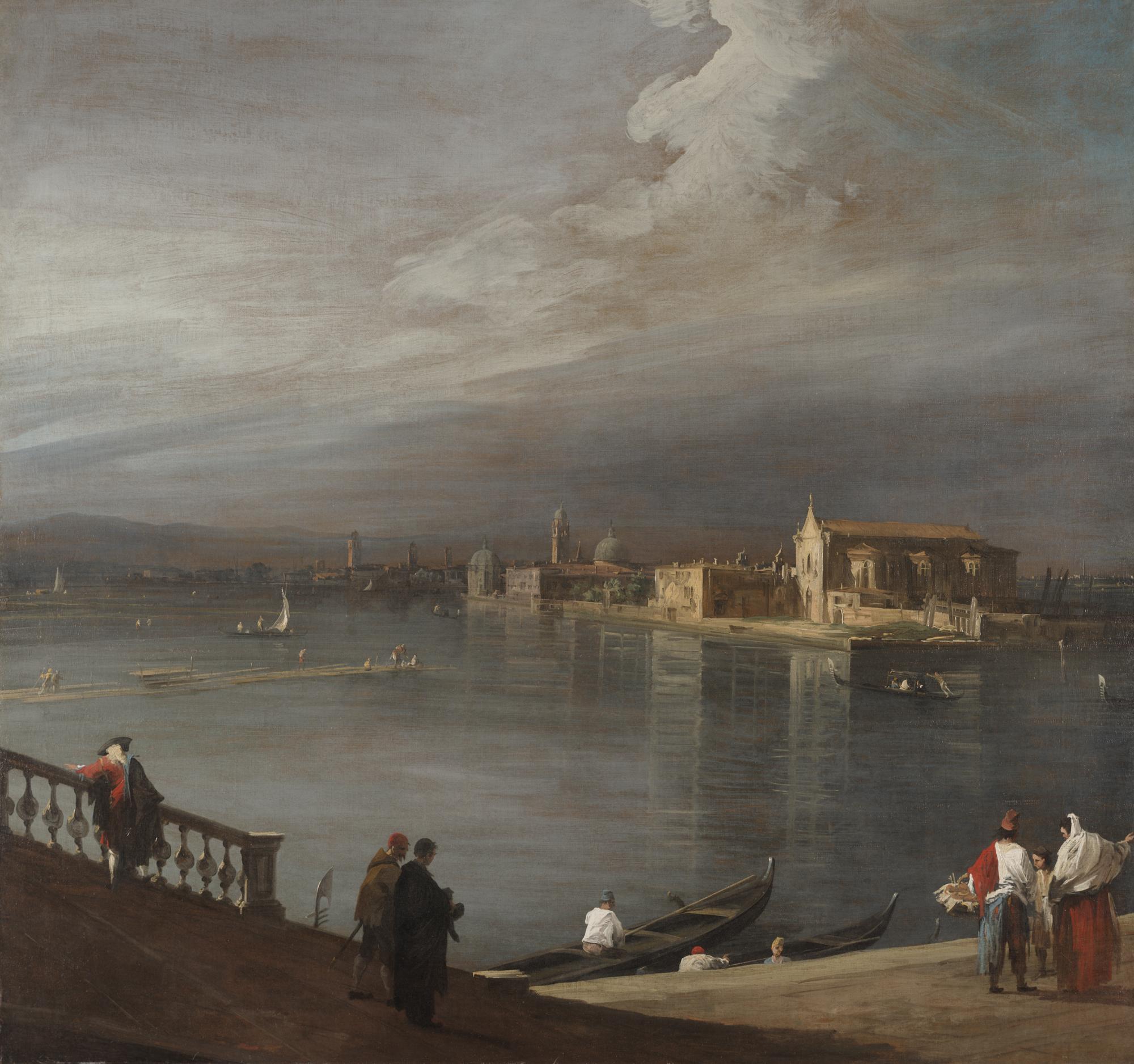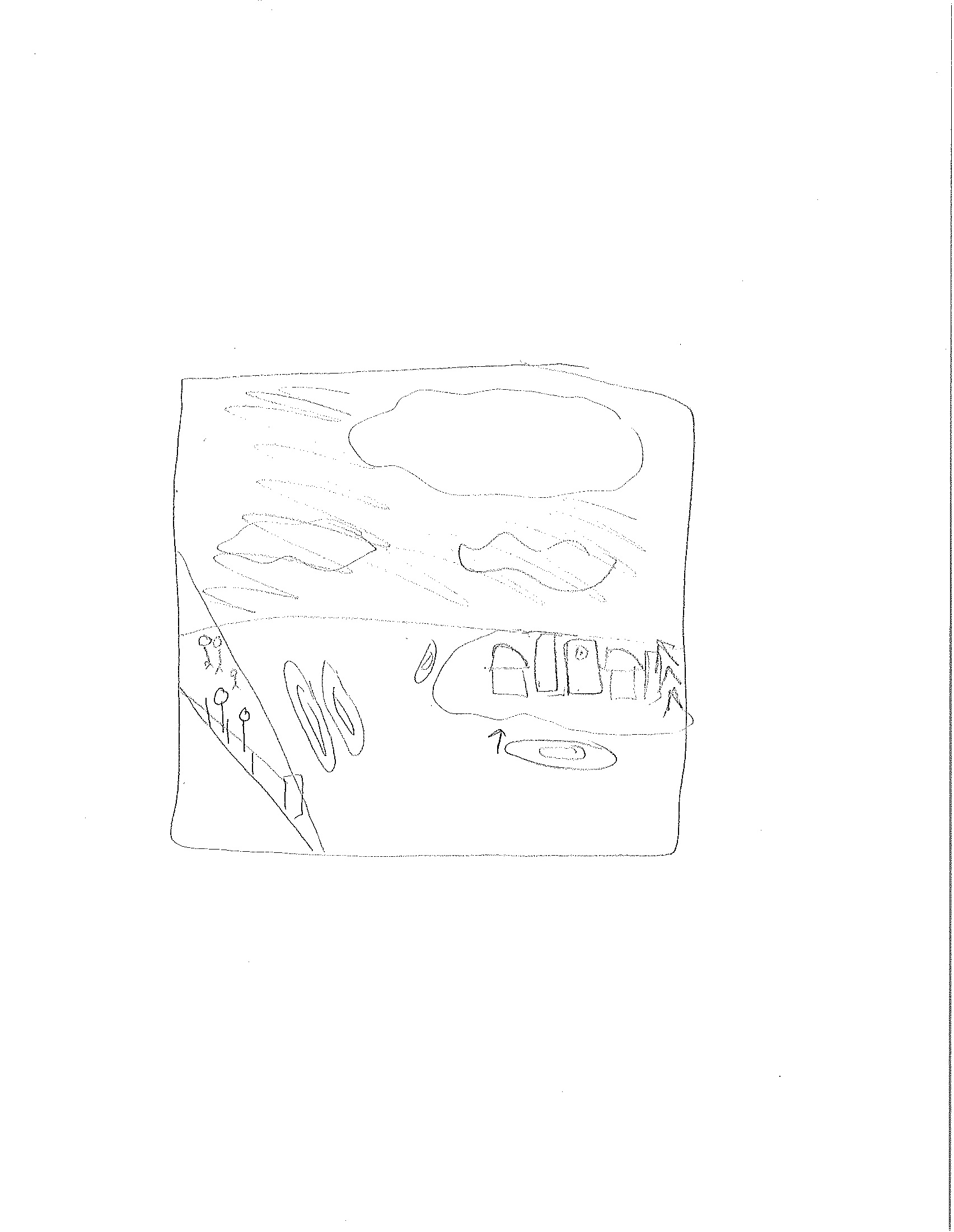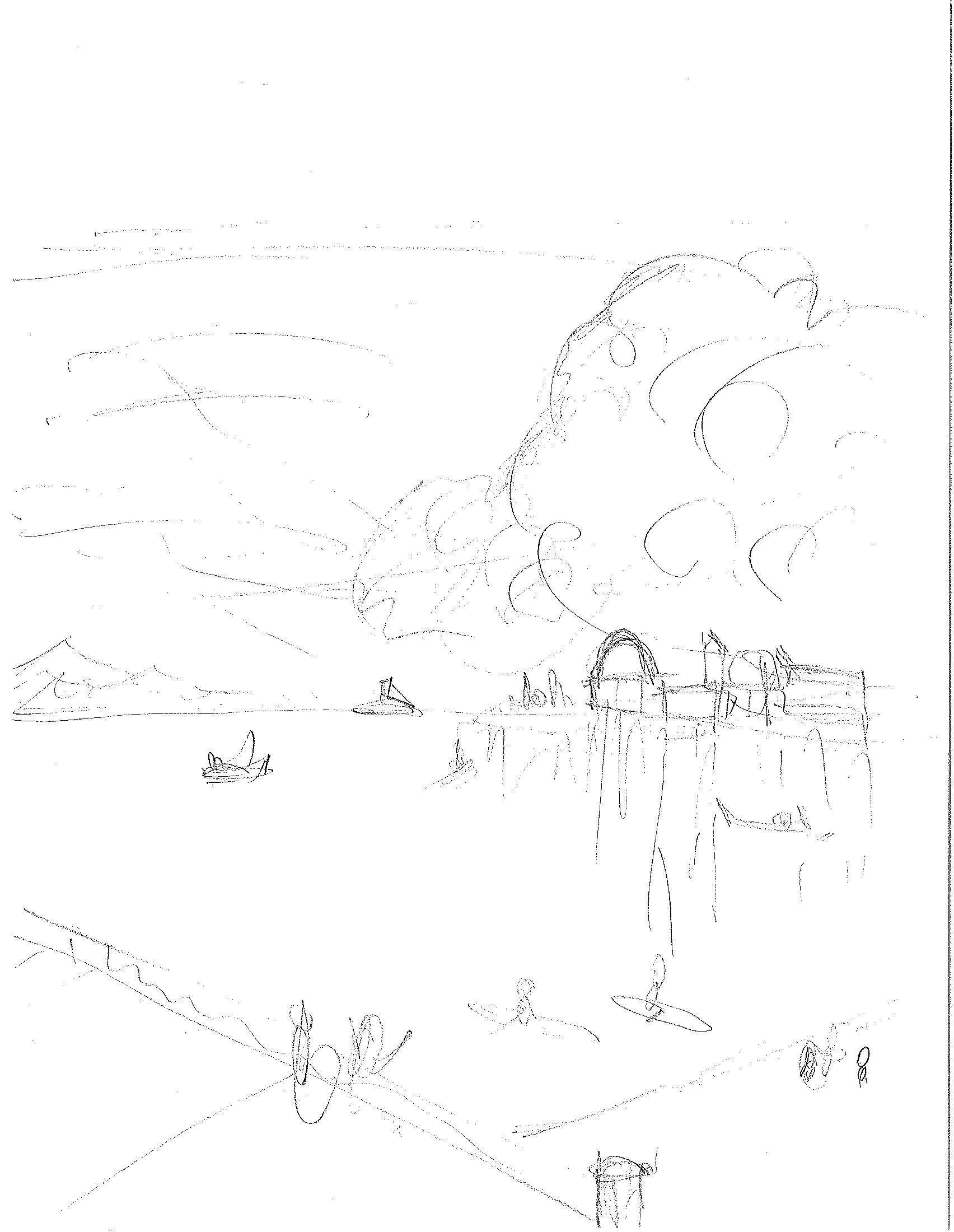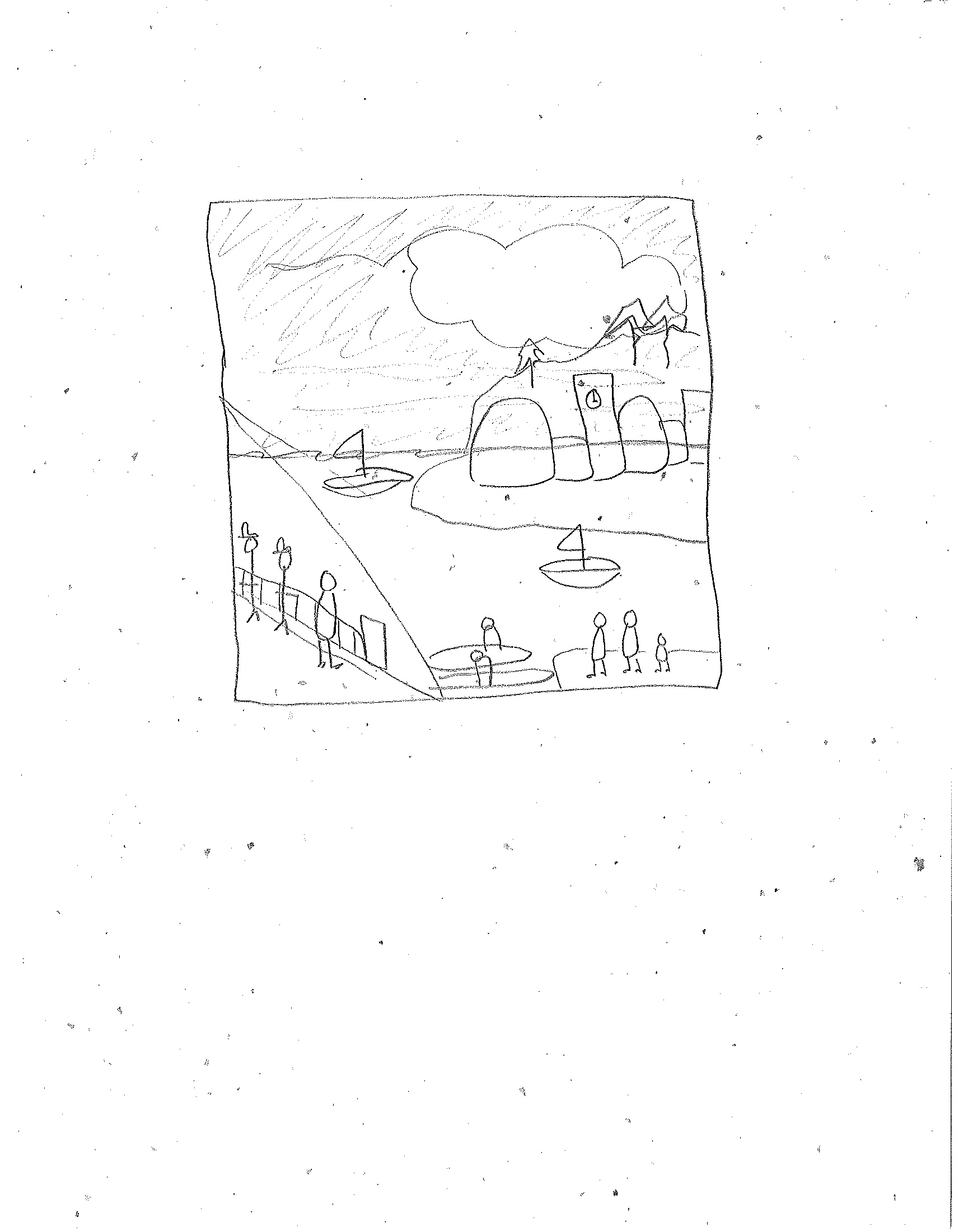With spring upon us, we can anticipate the sprouting of bluebonnets along Texas roads and highways. Bluebonnets can also be found in the DMA’s permanent collection. One of the best places to look is in the work of Julian Onderdonk, a San Antonio–born artist. Onderdonk is recognized for his portrayal of his home state’s landscape, in particular the Texas State Flower, the bluebonnet. Onderdonk so perfected the portrayal of bluebonnets that to this day his name is immediately linked to scenes of these blue and violet flowers carpeting expansive landscapes.
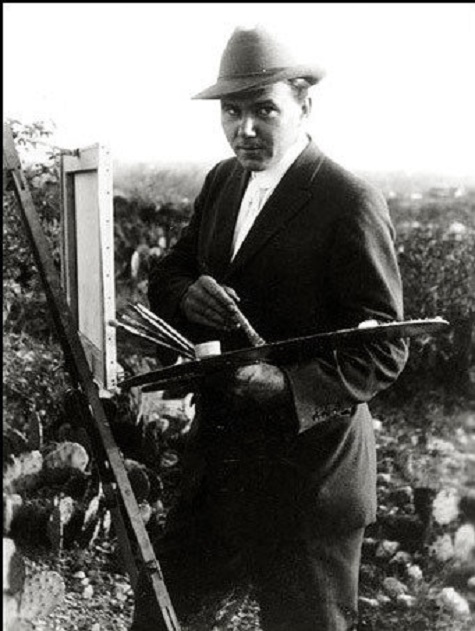
Onkerdonk in action. Image source http://nyti.ms/2nrmieC
After studying in New York at the Art Students League and William Merritt Chase’s Shinnecock Summer School, Onderdonk returned to Texas in 1909. Back in his home state, he found that he could combine the techniques he learned in New York with his environment in Texas. The bluebonnets were the perfect subject in which to manifest his interests. Appearing initially as subtle parts of his compositions, they dominated the artist’s work by the mid-1910s.
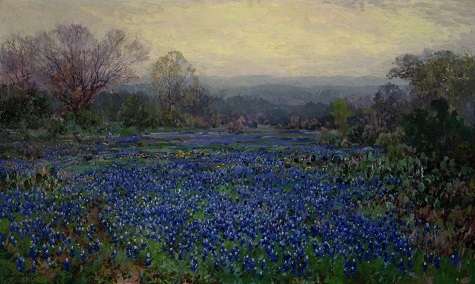
Julian Onderdonk, Untitled (Field of Bluebonnets), 1918–20, oil on canvas, Dallas Museum of Art, bequest of Margaret M. Ferris, 1990.153
Although the bluebonnet became the state flower in 1901 and was represented by other artists prior to Onderdonk’s embracing them as a subject, his depictions of the flower increased their popularity and distinctive connection to the state of Texas. The bluebonnets also brought fame to the artist while defining Texas art as a regional school that paralleled other schools of regionalist art in America. The appeal of these paintings was twofold; on one hand, they played into Texas pride by giving importance to the state flower, and on the other hand, they highlighted Onderdonk’s painterly talents and ability to render nature.
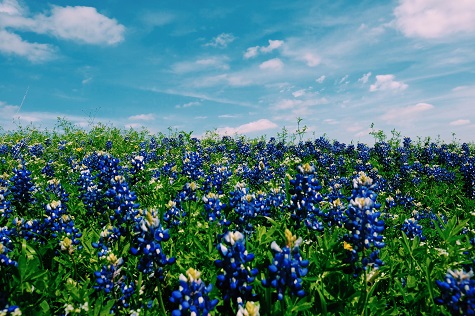
Bluebonnets in bloom.
For Onderdonk, these flowers were more than simply bluebonnets. They allowed him to find a balance between what he saw and a subject he knew well: in other words, a blending of his East Coast training and his connection to the Hill Country of Texas. Painted around 1918-1920, Untitled (Field of Bluebonnets) is an example of Onderdonk’s dedication to the flower. Onderdonk learned from Chase the importance of painting outdoors because it allowed a closer observation of the light and shadows. Here Onderdonk responded to Chase’s emphasis on painting en plein air (outdoors before the motif) and capturing the changing effects of light and shadow in a field covered with the vividly colored blossoms. He paints the bluebonnets in rich blues and greens, making each bloom in the foreground individuated and then progressing into broad strokes of color to portray the pool of flowers.
Francesca Soriano is the McDermott Intern for American Art at the DMA.
